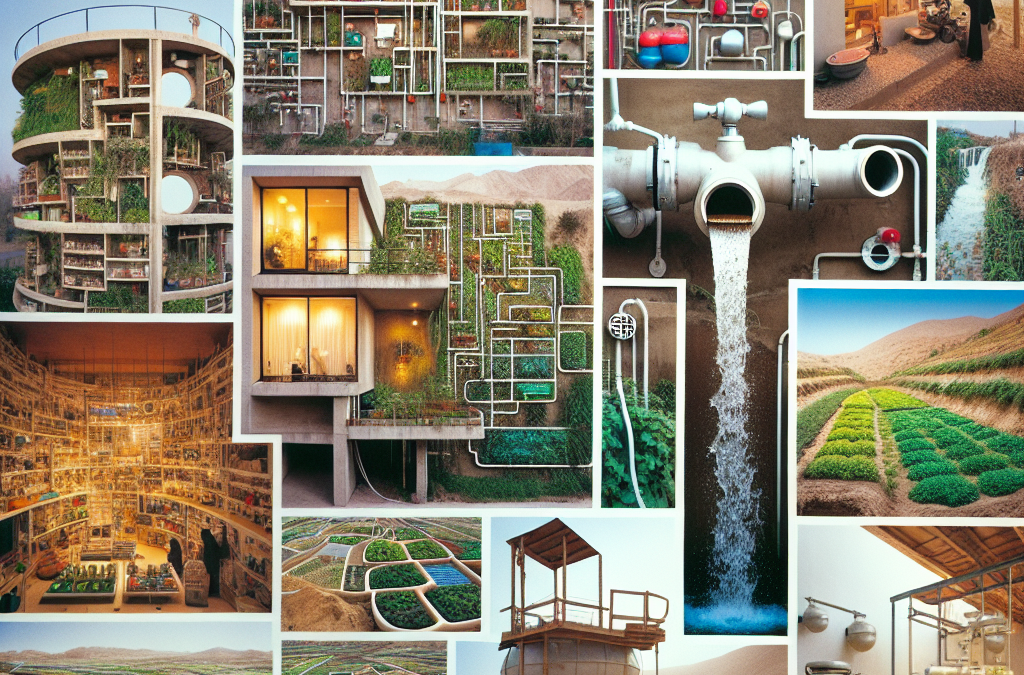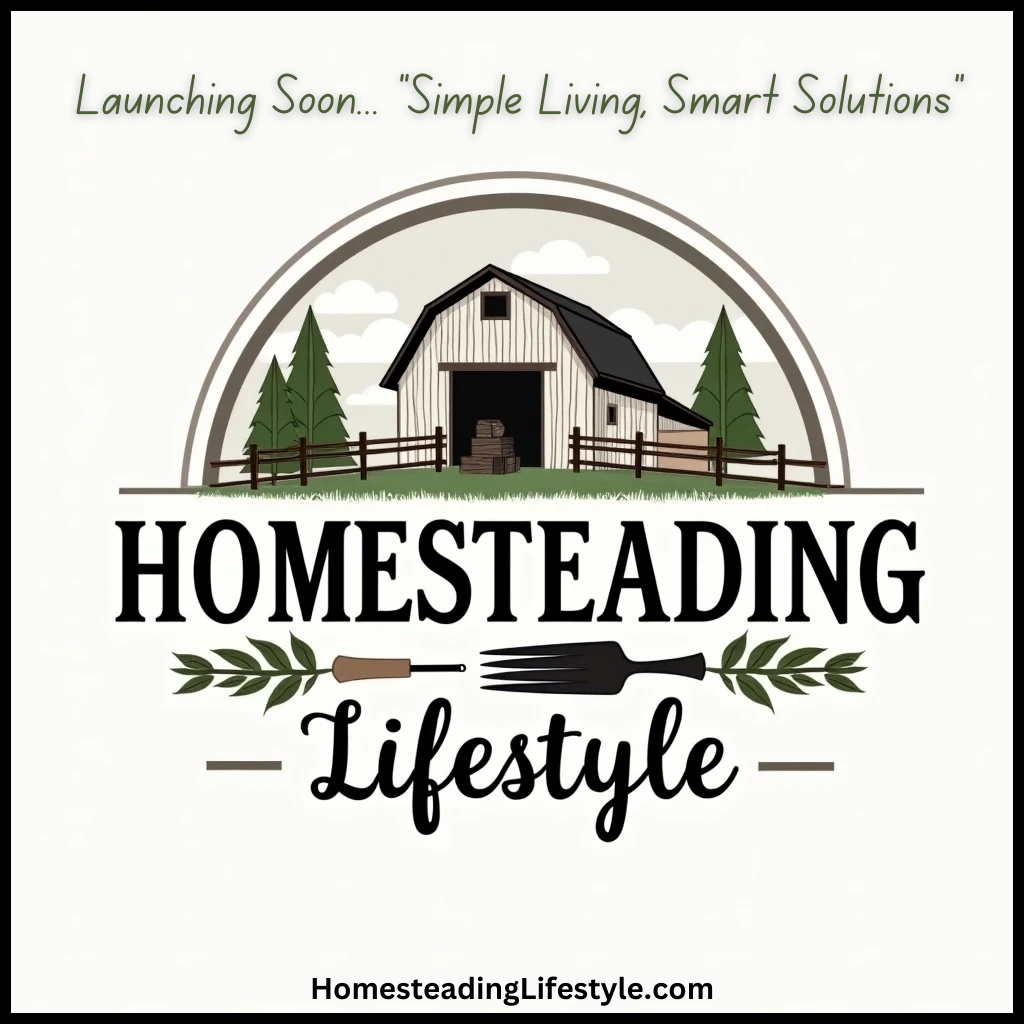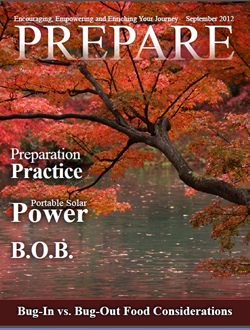Rainwater Harvesting
Understanding Rainwater Harvesting
So, let me kick things off with rainwater harvesting. Honestly, this is one of the simplest and most effective techniques out there. Basically, it involves collecting rainwater from your roof and directing it into storage containers. You’d be surprised at just how much water you can harvest during a good rainstorm!
The first thing you’ll want to do is make sure your roof is clean and your gutters are set up properly to funnel water into your collection system. This means regular maintenance, but it’s totally worth it. I can’t tell you how many gallons I’ve saved just by tweaking my gutters.
Once the rainwater is stored, you can use it for various purposes like watering your garden, washing your car, or even flushing toilets. It’s like having a backup water supply that doesn’t add any extra strain on your municipal system. Totally a win-win!
Choosing the Right Storage System
When deciding on a storage system for your rainwater, a few options come to mind. For starters, there are above-ground tanks that you can find at local hardware stores. I’ve got a sleek one in my backyard, and it blends right in with the landscaping!
Then, there are underground cisterns, which are more discreet and can hold a lot more water. Just remember, these might require a bit more investment upfront, but hey, think of it as an investment in your self-sufficiency.
Don’t forget about filters and pumps—you’ll want to ensure that the water you’re collecting is clean and easy to access. Trust me, a little bit of planning goes a long way in making this whole system work flawlessly.
Maintaining Your Harvesting System
Now, once you’ve got your system set up, maintenance is key. You’ll need to regularly clean out your gutters and storage tanks to prevent debris buildup. This little step can make a huge difference in the quality of your harvested water.
Also, keep an eye out for algae or any signs of pests. It’s something I wish I had kept more of a watch on when I first set up my system. Regular checks mean less hassle later, if you know what I mean!
Lastly, consider testing the water quality periodically. It’s just good practice to ensure everything is running smoothly. You want to be confident using the water you’ve collected!
Greywater Recycling
What is Greywater?
Moving on to greywater recycling, let’s just clarify what we mean by greywater. It’s the wastewater generated from sinks, showers, and washing machines—not contaminants from toilets. The cool thing is that this water can be reused for irrigation and other non-potable purposes!
I still remember the first time I used greywater from my shower to water my garden. It felt innovative, and I loved that I was reducing my overall water use. If you haven’t considered this, now might be the perfect time to dive in.
Understanding how to safely collect and utilize greywater is crucial. Make sure to look into local regulations, as some places have specific guidelines on how greywater systems should be set up.
Setting Up a Greywater System
To set up a greywater system, you can go for a DIY approach or opt for professional installation. I tried the DIY route—with just a few materials and some elbow grease, I modified my plumbing to redirect shower water into my garden!
However, just a heads up: you’ll need to use biodegradable soaps and cleaners. It’s a must if you want to keep your plants safe and thriving. After all, we’re trying to conserve, not cause issues.
Also, consider setting up simple gravity-drain systems. It’s pretty cool; water naturally moves from areas of higher elevation to lower elevation, which means a little architectural planning can go a long way!
Water Quality and Usage
Don’t just start pouring greywater on your garden willy-nilly, though! It’s important to understand how to manage its use. I learned the hard way that certain plants don’t like the additional salts found in some greywater. So, a bit of research can help you figure out what works best for your garden.
Rotating the areas where you apply greywater also helps to reduce any potential buildup of salts. I usually give my plants a break and let the soil rest. It keeps them healthy and happy!
Lastly, always keep an eye on your plants for any unusual wilting or distress. If they’re not thriving, it might be time for some adjustments.
Water-Efficient Fixtures
Choosing Fixtures
Alright, let’s chat about water-efficient fixtures. Upgrading your faucets, toilets, and showerheads can make a huge difference in your water use. I swapped out my old showerhead for a low-flow model, and man, what a change!
There are also dual-flush toilets that let you choose how much water you use for each flush. This way, you’re giving a nod to the environment while keeping your home’s functionality intact. Plus, they can save a ton of water over time!
When picking out these fixtures, look for products with the WaterSense label. That way, you know they meet specific efficiency standards. It’s like buying peace of mind!
DIY Installation
Installing water-efficient fixtures can be quite a fun weekend project if you’re up for a bit of handiwork. Most of the time, it’s just a matter of swapping out the old for the new, and I’ll be honest—it’s quite satisfying!
However, make sure to read the instructions! I recall one time I forgot to check how tight I should make a connection, and let’s just say my bathroom became quite the mini water park. So, proper installation is no joke!
If DIY isn’t your thing, hiring a plumber isn’t a bad idea either. They can help you immensely, especially when it comes to ensuring everything is up to code.
Regular Maintenance and Monitoring
Just like maintaining your rainwater or greywater systems, keeping an eye on your fixtures can help prevent issues down the line. Regular checks for leaks can save both water and money!
Also, consider monitoring your water usage. There are smart devices now that track how much water you consume daily. I’ve installed one myself, and it’s led to some surprising insights on where I might be wasting water.
Ultimately, a little bit of awareness can go a long way when it comes to reducing water use in your home. You’ll start to notice trends and can adjust your habits accordingly. Trust me, it feels good to be conscious of this stuff!
Native Landscaping
The Benefits of Native Plants
Let’s switch gears to landscaping. I can’t emphasize enough how beneficial native plants can be for water conservation. Not only do they thrive in your specific climate, but they also require less watering in general. It was a game-changer for my garden!
These plants are adapted to local conditions and can better handle dry spells. So, you can enjoy a beautiful garden without constantly worrying about watering or replacing wilted plants. Who wouldn’t want that?
Plus, supporting native wildlife is a fantastic bonus. Birds, butterflies, and other critters thrive in gardens that feature local plants. It adds life and color to your yard while promoting ecological balance.
Planting Strategies
When it comes to planting, a bit of strategy never hurts! I usually group my plants according to their watering needs. This way, I can focus my irrigation efforts where they’re most needed and avoid overwatering areas that can handle dryness.
Also, consider adding mulch around your plants. It helps retain moisture in the soil, reduces evaporation, and minimizes weeds. I love how it makes my garden look while doing such a fantastic job at conserving!
Lastly, planning your garden layout thoughtfully can optimize water use even further. Grouping plants with similar water needs together creates an efficient system, and I’ve seen my plants flourish this way!
Taking Advantage of Microclimates
Don’t forget to observe microclimates in your yard. Some areas tend to retain moisture better than others. I’ve noticed that the section near my shed stays damp for longer, which is perfect for those thirstier plants. It’s like a little water oasis!
Once you identify these spots, you can plan what to plant where. Position your native plants in their ideal environments, which leads to healthier growth and less watering overall. It’s a win for everyone!
Understanding and maximizing the unique characteristics of your yard can help you make smart landscaping choices that minimize water use, all while keeping your garden stunning.
Education and Community Involvement
Staying Informed
Last but not least, let’s talk about education and community involvement. I find that staying informed about water conservation practices not only helps me but can influence others too. I love reading books, following blogs, and attending workshops that teach smart water use practices.
Also, discussing these topics with friends and family can spread awareness. You might just inspire someone else to think about their water usage. It’s like a ripple effect of good habits!
Trust me, the more knowledgeable you are, the more effective your conservation efforts will be. And it’s super rewarding to share your insights with others!
Engaging Locally
Engaging with local community groups is another great way to stay motivated. I’ve participated in community clean-up events and water-awareness campaigns, which not only help the environment but also connect me with likeminded folks.
Some towns even have native plant sales or educational classes! Getting involved can enhance your own knowledge while fostering a sense of community. Plus, these gatherings can be really fun.
Ultimately, helping others and leading by example can instill positive habits and contribute to a greater culture of water conservation in your local community.
Advocating for Change
Lastly, advocacy is a powerful tool. Don’t hesitate to support local policies that promote water conservation. Attend town hall meetings, sign petitions, or talk to your local representatives about the importance of sustainable practices.
I’ve seen firsthand how community voices can lead to impactful change. Engaging with policymakers can help build better resource management approaches for the entire community.
Your voice matters! Whether it’s starting discussions on social media or informing your neighbors, championing water conservation can lead to larger-scale initiatives that make a real difference.
FAQ
What are some simple ways to start conserving water at home?
Some easy ways to kick off your water conservation journey include fixing leaks, using water-efficient fixtures, and setting up rainwater harvesting systems. Small changes add up!
How can rainwater harvesting benefit my household?
Rainwater harvesting can significantly reduce your water bill, provide an alternative water source for non-potable uses, and help you become more independent from municipal water supplies.
Is greywater safe to use for watering my garden?
Yes, greywater from sinks and showers is generally safe for watering gardens as long as you’re using biodegradable soaps. Just remember to monitor your plants for any adverse effects.
What kind of native plants should I consider for my garden?
The best native plants depend on your region, so do a little research to find out what works in your climate. Look for plants that thrive in your local soil and weather conditions!
How can I get my community involved in water conservation?
Start by hosting discussions or workshops in your area. You can also participate in local events, collaborate on conservation projects, and advocate for policies that promote sustainable water use.





